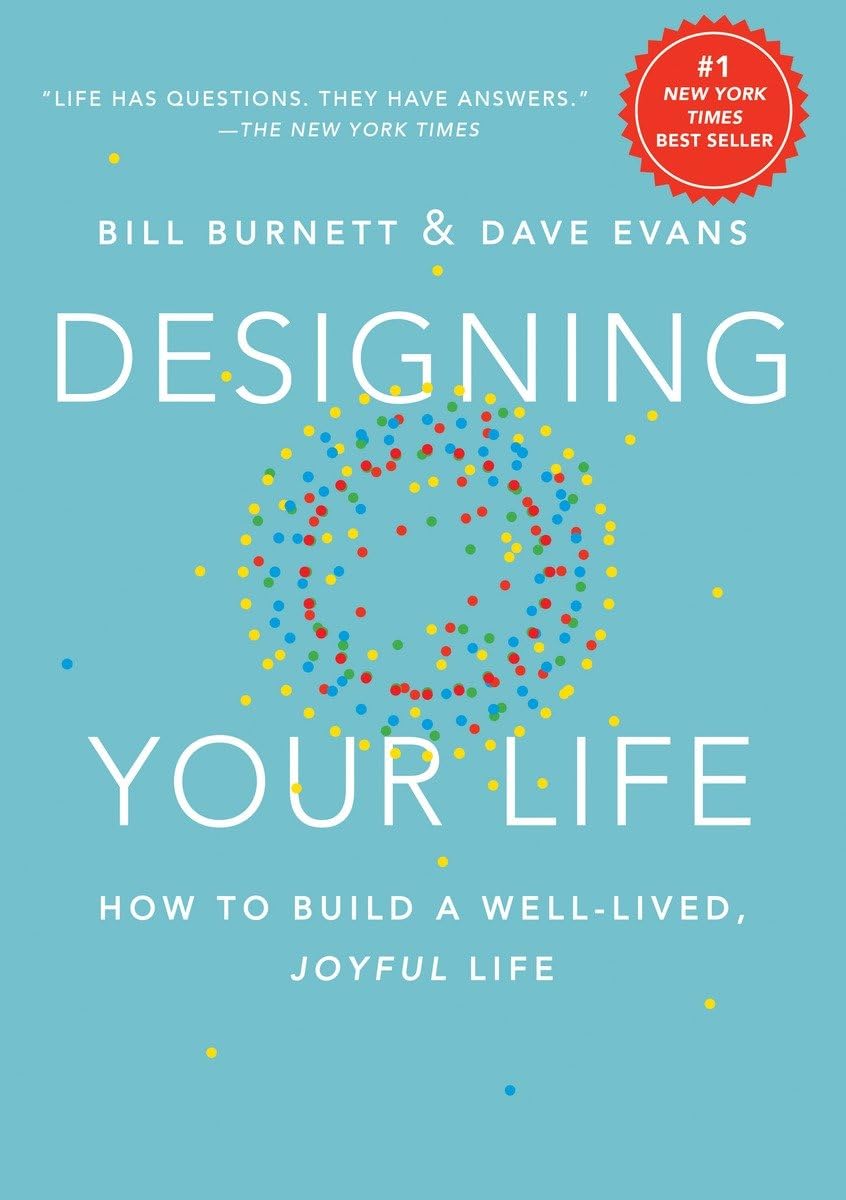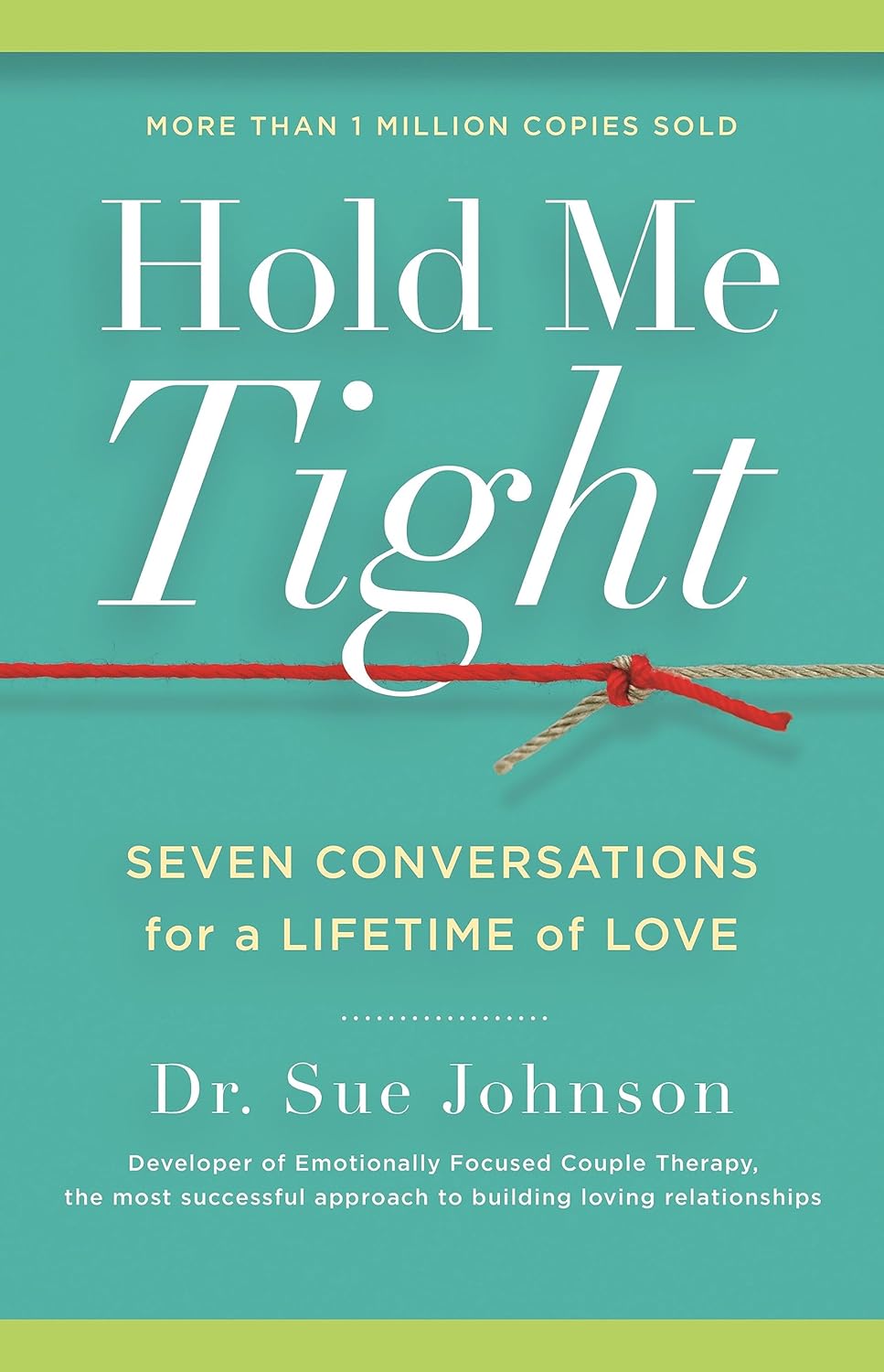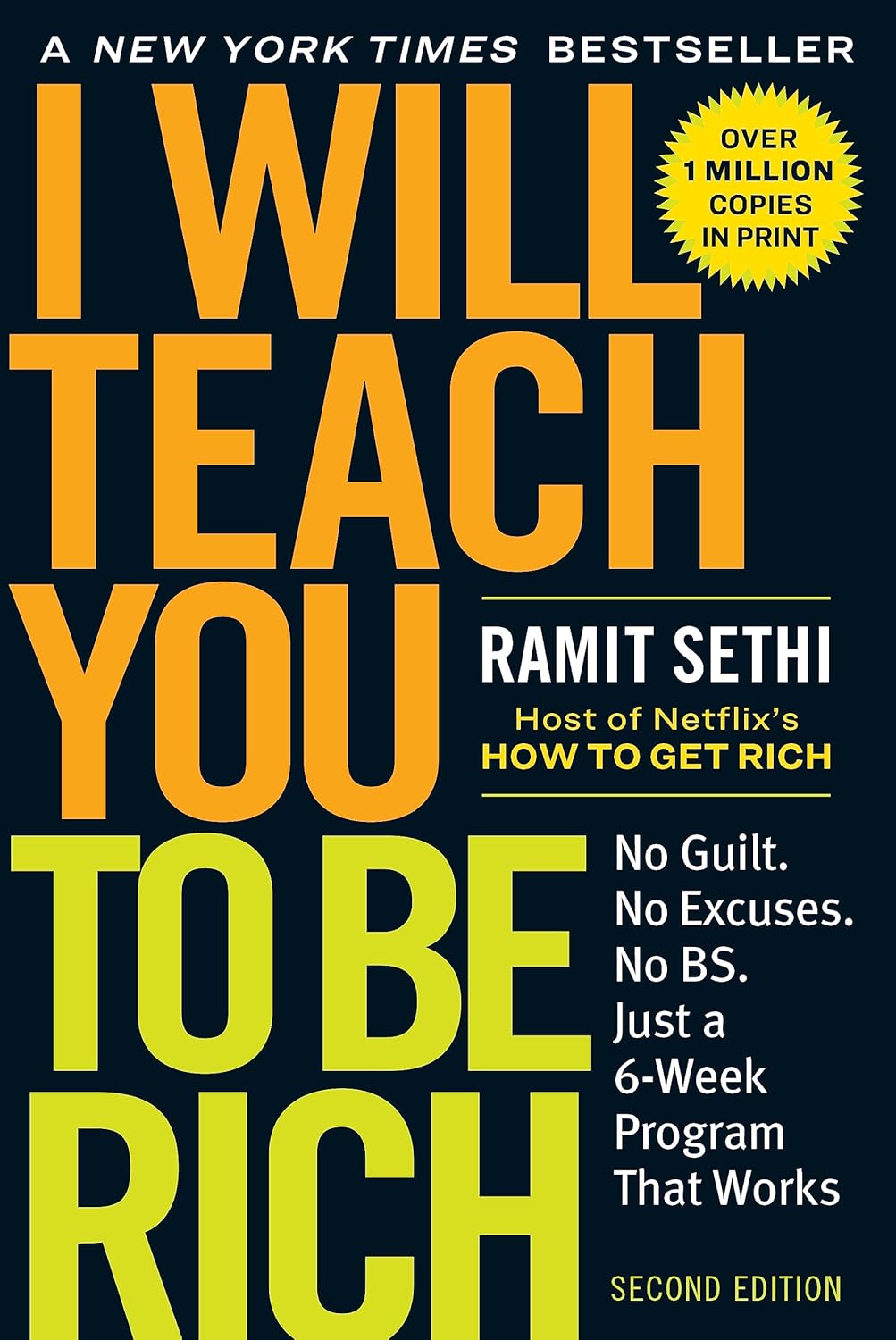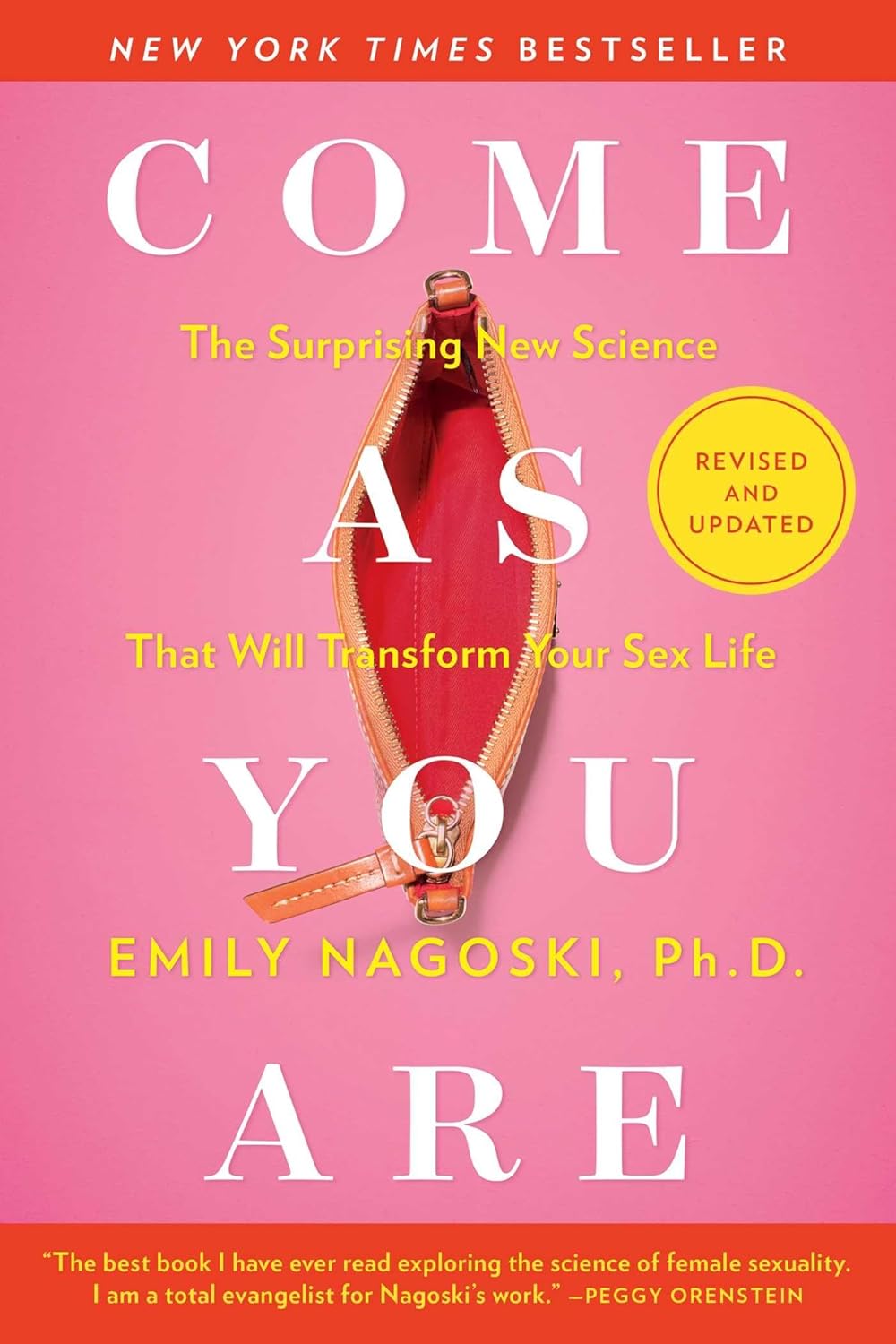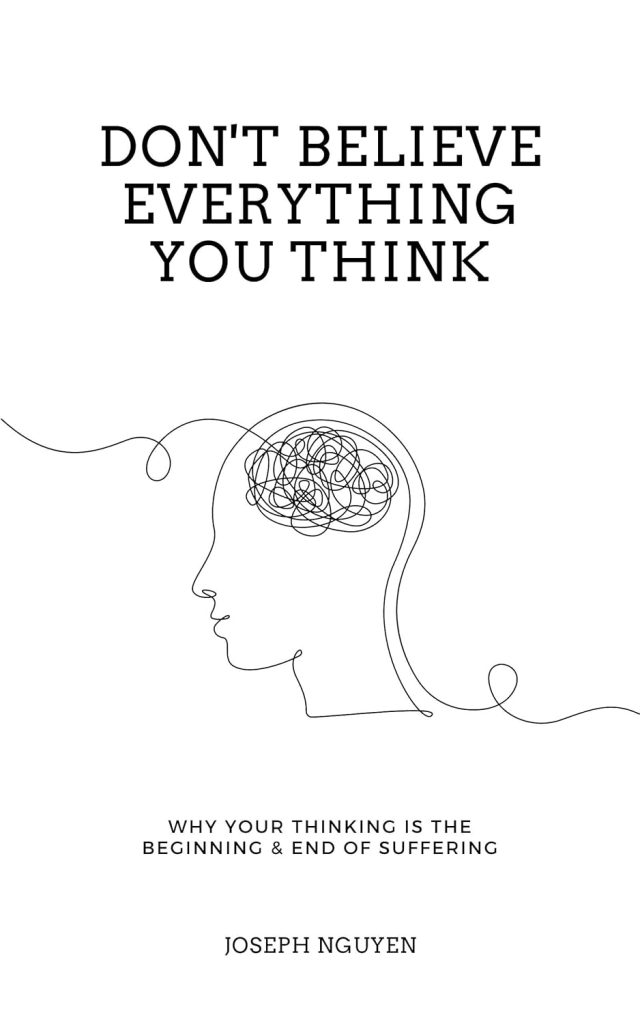
Buy The Book
Chapter
- ✦ Introduction
- ✦ The Journey to Finding the Root Cause of Suffering
- ✦ The Root Cause of All Suffering
- ✦ Why Do We Even Think?
- ✦ Thoughts vs. Thinking
- ✦ If We Can Only Feel What We’re Thinking, Don’t We Need to Think Positively to Feel That Way?
- ✦ How the Human Experience is Created – The Three Principles
- ✦ If Thinking Is the Root Cause of Our Suffering, How Do We Stop Thinking?
- ✦ How Can We Possibly Thrive In the World Without Thinking?
- ✦ If We Stop Thinking, What Do We Do About Our Goals, Dreams & Ambitions?
- ✦ Unconditional Love & Creation
- ✦ What Do You Do Next after Experiencing Peace, Joy, Love & Fulfillment In the Present?
- ✦ Nothing Is Either Good or Bad
- ✦ How Do You Know What to Do without Thinking?
- ✦ How to Follow Your Intuition
- ✦ Creating Space for Miracles
- ✦ What Happens When You Begin Living in Non-Thinking (Potential Obstacles)
- ✦ Now What?
- ✦ Summary Of Non-Thinking
Don’t Believe Everything You Think

About
The book is a transformative exploration of the mind’s role in shaping our experiences of reality. Nguyen, a coach and thought leader, delves into the root causes of psychological and emotional suffering, positing that much of our distress stems from our own thinking rather than external events. Drawing inspiration from various philosophical and psychological teachings, Nguyen guides readers on a journey to disentangle thoughts from thinking, highlighting how the latter can lead to unnecessary suffering. The book emphasizes the power of insight and intuition, encouraging readers to look within for wisdom and truth. Nguyen’s work is an invitation to experience life beyond habitual thinking patterns, fostering a state of peace, love, and joy. Through practical frameworks and personal anecdotes, Nguyen offers readers a path to greater fulfillment and happiness, underscoring the potential for profound internal transformation.

Spark
Learn
Review
✦ Introduction
Prepare to uncover the answers you’ve sought throughout your life and experience a transformation that shifts your very being. Change is inevitable, and by engaging with this material, you’ll find peace, love, joy, and fulfillment, regardless of your background or circumstances. The principles within have led to significant transformations, like improved relationships and increased prosperity, but these are mere reflections of a deeper understanding. Focus on the inner journey rather than external results, as true fulfillment comes from within. Approach this with an open mind and heart, seeking insight rather than information. The truth lies beyond words, in the feelings of peace and love that emerge when you quiet your mind. Let go of the need to intellectualize and instead embrace the simplicity of truth. Your journey is unique, and by staying present and hopeful, you’ll discover the profound wisdom already residing within your soul, guiding you towards genuine happiness.
✦ The Journey to Finding the Root Cause of Suffering
Suffering, especially psychological and emotional, often persists because of our reactions rather than the events themselves. Pain is unavoidable, but suffering is optional. Drawing from Buddhist wisdom, the “two arrows” metaphor illustrates that while the first arrow (pain) is beyond control, the second arrow (suffering) is our reaction and can be avoided. My quest to end suffering led me through numerous teachings, therapies, and practices, yet true relief remained elusive. Despite trying countless methods, anxiety and dissatisfaction lingered. Only in my darkest moments did I find clarity, learning that suffering stems from how we perceive our experiences. The mind’s role in creating our personal reality was the missing piece. By understanding that our thoughts dictate our emotional responses, a path to alleviating suffering emerged. Recognizing that the mind shapes our experience, we can choose not to engage with thoughts that lead to suffering, fostering a life of peace and clarity.
✦ The Root Cause of All Suffering
The essence of suffering lies in our thoughts, which shape our perception of reality. We don’t live in an objective world but through the lens of personal perceptions. For instance, sitting in a coffee shop, one person might feel overwhelmed by life’s uncertainties, while another peacefully enjoys their drink. Both are in the same environment, yet their experiences differ greatly due to their thoughts. Similarly, the concept of money varies widely among individuals, each assigning different meanings based on personal beliefs. This illustrates that suffering isn’t caused by external events but by how we think about them. By realizing that our feelings stem from our thoughts, not the world around us, we gain the power to change our experience. Understanding that we construct our reality through thought allows us to break free from self-imposed suffering, leading to a more peaceful and fulfilling life by shifting our mental focus.
✦ Why Do We Even Think?
Thinking is deeply rooted in our survival instinct, developed to protect us by anticipating potential threats. This mechanism draws from past experiences to help navigate dangers, crucial for survival but not necessarily conducive to happiness. The mind’s constant vigilance often traps us in anxiety, mistaking everyday challenges as existential threats. To truly thrive, it’s essential to transcend this survival mode and tap into a deeper state of consciousness. By quieting the mind and reducing reliance on analytical thought, we open ourselves to intuition and creativity, accessing a reservoir of wisdom that guides us effortlessly. This shift allows us to move beyond mere survival, embracing a richer, more fulfilling experience of life. Trusting in this deeper intelligence, rather than being governed by the mind’s constant chatter, leads to a more balanced and harmonious existence, where genuine joy and peace arise from within, unburdened by unnecessary mental turmoil.
✦ Thoughts vs. Thinking
Distinguishing between thoughts and thinking reveals the root of psychological suffering. Thoughts appear spontaneously, like clouds passing in the sky, beyond our control. They originate from a vast, universal source, much like the natural ebb and flow of life. Thinking, on the other hand, involves engaging with these thoughts—an active process that requires energy and often leads to distress. Positive feelings naturally arise from our core state of peace, not from deliberate thinking. Consider how an inspiring idea might pop into your mind effortlessly, bringing joy, but overthinking it can lead to doubt and anxiety. Recognizing that thinking is the source of turmoil allows us to release the need to engage with every thought. By letting thoughts pass without judgment or attachment, our innate state of joy and tranquility emerges effortlessly. Embracing this understanding, we find liberation from the cycle of mental suffering and connect with deeper peace.
✦ If We Can Only Feel What We’re Thinking, Don’t We Need to Think Positively to Feel That Way?
The idea that we must think positively to feel good is a common misconception. While feelings do arise from thoughts, genuine peace and joy come from our natural state, not forced positivity. When we try to control our thoughts, we often end up judging and resisting them, creating more stress. Instead, the key lies in allowing thoughts to come and go without clinging to them. Our inherent state is one of love and peace, which surfaces when we stop getting entangled in constant thinking. By letting go of the need to manipulate our thoughts, we open ourselves to authentic happiness. This approach doesn’t require effort; rather, it involves trusting that our true nature will guide us to the feelings we seek. Embrace the flow of thoughts without attaching to them, and you’ll find that your natural state of well-being emerges effortlessly, bringing with it true joy and contentment.
✦ How the Human Experience is Created – The Three Principles
The human experience is constructed through the Three Principles: Mind, Consciousness, and Thought. Mind refers to the universal intelligence that powers all life, serving as the source of our thoughts. Consciousness is the awareness that gives life to these thoughts, allowing us to experience them as reality. Thought is the creative force shaping our perceptions and interpretations of the world. Together, these principles illustrate that our experiences are not dictated by external circumstances but by how we internally generate them. When we understand this, we realize that our feelings and perceptions are products of our own thinking, not the outside world. This insight empowers us to transform our experiences by recognizing the role of our thoughts. By seeing that we are the architects of our reality, we gain the freedom to change our perceptions, leading to a more peaceful and fulfilling life rooted in understanding and awareness.
✦ If Thinking Is the Root Cause of Our Suffering, How Do We Stop Thinking?
Stopping the thoughts that lead to suffering isn’t about forcefully trying to halt thinking. Instead, it’s about changing your relationship with thoughts. Understand that thoughts naturally arise and fade, and suffering occurs when we unnecessarily engage with them. By observing thoughts without judgment or attachment, they lose their grip on us. This approach fosters a state of non-thinking, where thoughts can pass through without causing turmoil. Practices like mindfulness and meditation can enhance this awareness, helping you cultivate a calm and present mind. It’s not about eliminating thoughts but about allowing them to come and go without clinging to them. Embrace the stillness that arises from this practice, and you’ll find peace and joy emerging naturally. By disengaging from the constant cycle of thinking, you connect with your innate state of well-being, allowing life to unfold with ease and clarity, free from the constraints of mental chatter.
✦ How Can We Possibly Thrive In the World Without Thinking?
Thriving without constant thinking might seem impossible, but true creativity and insight often emerge when the mind is at rest. By trusting intuition and embracing the present moment, you access a deeper intelligence that guides you effortlessly. This doesn’t mean abandoning thought altogether but shifting reliance from analytical processing to a more intuitive approach. When the mind is quiet, solutions and ideas arise naturally, without the noise of overthinking. Trust in this flow allows life to unfold with clarity and ease. Embracing this state fosters a harmonious balance between action and reflection, enabling you to respond to life’s challenges with confidence and creativity. Instead of getting bogged down in mental clutter, recognize that the most profound insights often come when you’re not actively seeking them. By allowing yourself to be guided by this deeper awareness, you can navigate life with a sense of ease, purpose, and fulfillment, thriving beyond the limitations of constant thought.
✦ If We Stop Thinking, What Do We Do About Our Goals, Dreams & Ambitions?
Releasing the grip of constant thinking doesn’t mean giving up on goals and dreams. Instead, it opens the door to pursuing them with clarity and intention. When the mind is still, true desires and aspirations become more apparent, free from the clutter of doubt and fear. This state allows actions to flow from genuine inspiration rather than pressure or obligation. Intuition becomes a powerful guide, helping align efforts with your authentic self. Let go of micromanaging every detail and trust the natural unfolding of your path. Opportunities and insights often appear when least expected, guided by an inner knowing. This approach transforms ambitions into expressions of true potential, driven by passion rather than external expectations. By balancing stillness with purposeful action, you engage with your dreams more effortlessly, finding fulfillment not in relentless striving, but in the joy of aligning with your true path and embracing the journey with open curiosity.
✦ Unconditional Love & Creation
Unconditional love is the foundation of true creation, emerging from a place of abundance rather than fear or lack. Tapping into this love connects you to an endless source of inspiration and potential. Unlike conditional love, which depends on external factors, unconditional love flows freely from within, fueling creativity and innovation. When creating from this space, ideas and actions resonate with authenticity and beauty, unburdened by judgment or expectation. Embracing this state allows you to co-create with the universe, bringing forth expressions that align with your true essence. Let go of fear-based thinking and trust the power of love to guide your creative journey. This approach transforms creation into a natural extension of being, where outcomes are harmonious and fulfilling. By aligning with love, you open yourself to a limitless flow of possibilities, discovering that creation is not just an act but a reflection of your deepest self.
✦ What Do You Do Next after Experiencing Peace, Joy, Love & Fulfillment In the Present?
After reaching a state of peace, joy, love, and fulfillment in the present, what follows is a commitment to simply being. Continue to embrace each moment with openness, free from the urge to pursue more or achieve externally. Trust that living authentically will naturally guide your journey. Your actions can now be expressions of your inner contentment, fostering a life filled with purpose and sincerity. Rather than seeking new achievements, focus on deepening your understanding of the present and sharing your joy with others. Understand that life is a continuous exploration, not a series of endpoints. By staying present and receptive, you connect with the flow of life, welcoming endless possibilities that enrich your experience and those of people around you. Let your inner peace guide you, knowing that the journey is an unfolding adventure where fulfillment is found in the simple act of being fully engaged in the moment.
✦ Nothing Is Either Good or Bad
Embrace the concept that nothing is inherently good or bad; it’s our perceptions that label experiences. By recognizing events as neutral, you release the burden of judgment, opening yourself to a broader perspective. This understanding invites you to respond to challenges with curiosity and calmness instead of fear or resistance. When you stop labeling experiences, you accept the present moment as it is, free from preconceived notions. This shift nurtures inner peace, as you no longer view life through a binary lens of duality. Instead, every situation is seen as part of a larger journey. Letting go of rigid judgments fosters freedom and openness, encouraging growth and transformation. By embracing the neutrality of events, you navigate life with grace, discovering balance and harmony in every experience. This mindset allows for a more fluid and enriched experience of life, where each moment is welcomed as an opportunity for learning and growth.
✦ How Do You Know What to Do without Thinking?
Knowing what to do without constant thought relies on trusting your intuition, that inner sense guiding you naturally. Intuition emerges when the mind is quiet, offering clarity without the noise of overthinking. By practicing mindfulness and being present, you create space for this inner guidance to surface. Instead of getting caught in analysis, listen to the subtle, clear signals that arise from within. These intuitive nudges often feel right and come with ease, unlike the confusion that stems from overanalyzing. Cultivate trust in this process, balancing it with reason but allowing intuition to lead. Let go of the need to control every decision, and embrace the flow of life. This approach aligns you with your true self, enabling decisions that resonate with authenticity. By tuning in to your intuition, you navigate life’s choices with a sense of peace and confidence, knowing that your inner wisdom is always available to guide you.
✦ How to Follow Your Intuition
Following your intuition involves tuning into that inner voice or feeling that guides you effortlessly. Begin by cultivating stillness and presence, allowing your mind to quiet down. In this peaceful state, intuitive signals become more apparent, often manifesting as a sense of knowing or a gut feeling. Trust these feelings, as they arise from a deeper understanding beyond analytical thought. Practice listening to your body and emotions, as they can provide valuable insights into what feels right. Let go of the need for certainty and embrace the natural flow of life, allowing your intuition to lead without resistance. By acknowledging and acting on these intuitive nudges, you strengthen your connection to this inner wisdom. Over time, this practice becomes more natural, guiding you toward choices that align with your true self. Embrace the journey with confidence, knowing that your intuition is a reliable compass, always pointing you toward your authentic path.
✦ Creating Space for Miracles
Creating space for miracles begins with letting go of the clutter in your mind and life, allowing possibilities to emerge naturally. Start by embracing stillness and simplicity, making room for unexpected opportunities and transformations. Release the need to control every aspect of life, trusting that miracles can arise when you step back and allow the universe to work its magic. Cultivate an open heart and mind, staying receptive to the wonders around you. Practice gratitude for what you have, as this invites more abundance and serendipity. By letting go of rigid expectations, you invite spontaneity and wonder into your experience. Embrace the unknown with curiosity and wonder, knowing that miracles often arrive in the most surprising forms. As you align with this openness, life becomes a canvas for unexpected beauty and joy, where the extraordinary becomes possible, and each moment holds the potential for transformation and delight.
✦ What Happens When You Begin Living in Non-Thinking (Potential Obstacles)
Living in a state of non-thinking brings profound peace, but it also comes with challenges. Initially, the mind might resist, as it’s used to constant activity. Thoughts may arise, questioning if you’re doing things right or if you’re missing out by not engaging in habitual thinking patterns. It’s natural to feel discomfort as old habits try to reassert themselves. Doubts and fears may surface, tempting you to slip back into overthinking. The key is to remain patient and compassionate with yourself, allowing these feelings to pass without judgment. Trust in the process and remind yourself of the benefits of a quiet mind—clarity, intuition, and a deeper connection to life. Practice mindfulness to gently guide your attention back to the present moment whenever distractions arise. Over time, these obstacles diminish, and living in non-thinking becomes more natural, opening up a space of presence where creativity and peace can flourish.
✦ Now What?
Having embraced a state of non-thinking and experienced profound shifts, the question arises: what comes next? The answer lies in continuing to live fully in the present, allowing life to guide you naturally. Trust in the unfolding journey, knowing that your intuition and inner peace will lead you to where you need to be. Embrace each moment with curiosity and openness, recognizing that the path is an ongoing exploration. There’s no need for a defined plan or destination; instead, focus on deepening your awareness and connection to the world around you. Share your newfound joy and insights with others, becoming a beacon of peace and inspiration. Let your actions stem from a place of authenticity and love, knowing that every step you take is perfectly aligned with your true self. As you move forward, remain open to the endless possibilities that arise from living in harmony with the flow of life.
✦ Summary Of Non-Thinking
Having entered a state of non-thinking and experienced significant changes, the question of what to do next naturally arises. The key is to continue living in the present moment, allowing your intuition and inner wisdom to guide you. Trust in life’s natural flow and embrace each moment with an open heart. There’s no need for a fixed plan; instead, remain curious and receptive to whatever unfolds. Your journey is ongoing, and with each step, deepen your awareness and connection to the world. Share the peace and insights you’ve gained with others, becoming a source of inspiration and support. Let your actions arise from a place of authenticity and compassion, knowing that each choice aligns with your true self. As you move forward, stay open to the endless opportunities that arise from living harmoniously with life, understanding that the journey itself is where fulfillment and joy are continually discovered.
For People
– Individuals seeking mental clarity
– Those interested in self-improvement
– People experiencing stress or anxiety
– Mindfulness and meditation practitioners
– Readers exploring spiritual growth
Learn to
– Understanding the nature of thoughts
– Finding inner peace and contentment
– Reducing overthinking and mental clutter
– Enhancing emotional resilience
– Cultivating mindfulness and presence





